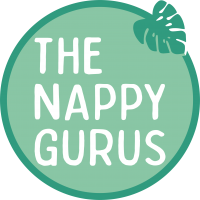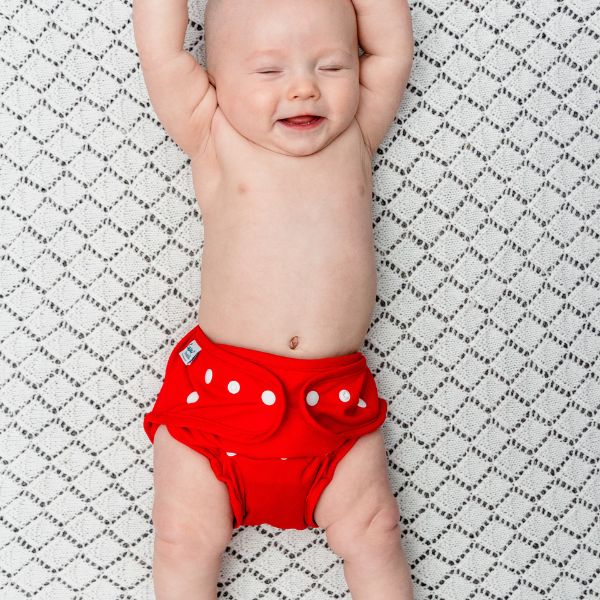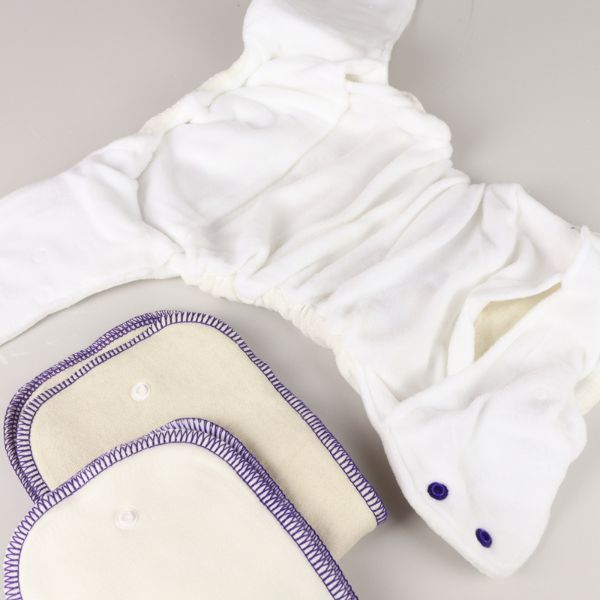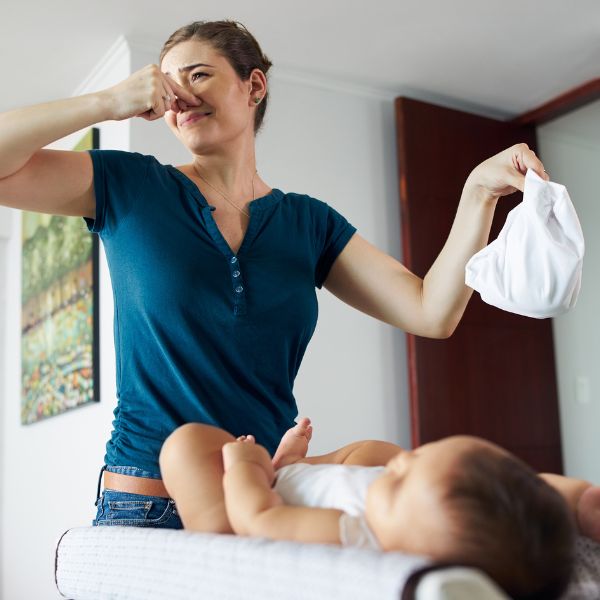Can Reusable Nappies Be Re-Waterproofed?
Reusable nappies are a fantastic eco-friendly alternative to disposable nappies, but over time - or more than one child - you may notice they aren’t performing as well as they once did. If your nappies seem to be leaking more than usual, you might be wondering if the PUL layer has been damaged.
In this post, we’ll explore why reusable nappies lose their waterproof layer and start leaking and discuss whether it’s possible to restore them and get them back leak free.
Why Reusable Nappies are Waterproof
Reusable diapers rely on a waterproof outer layer to keep moisture contained while allowing the fabric to breath to protect your baby’s skin. This waterproofing usually uses materials such as:
PUL (Polyurethane Laminate): A chemically laminated fabric that provides a waterproof barrier while remaining flexible and breathable.
TPU (Thermoplastic Polyurethane): Similar to PUL but heat-bonded rather than chemically bonded, making it slightly more eco-friendly.
Fleece or Wool Covers: Alternatives that provide water resistance rather than full waterproofing, wool will require a lanolin treatment to maintain effectiveness every once in a while.
When this waterproofing wears down, washable nappies can begin to leak, stopping them from keeping baby dry.
Signs Your Reusable Nappies Are No Longer Waterproof
If you start to get leaks and suspect your cloth nappies are no longer waterproof, here are some common signs to look out for:
Frequent leaks: If nappies leak even when they aren’t fully saturated, the waterproof layer might be compromised.
Dampness on the outside: If the outer layer of the nappy feels damp to the touch, in specific areas, moisture may be seeping through.
Peeling or delamination: Check the inside of your nappy covers—if you see the waterproof layer peeling away, pin prick holes or bubbling, this is a sign that the waterproofing is failing.
How to Re-Waterproof Reusable Nappies
It is debatable whether reusable nappies can truly be re-waterproofed. While severely damaged cloth diapers may be beyond repair, some methods might help extend their life.
1. Add More Absorbency
If the waterproof layer isn’t completely compromised, adding extra absorbent inserts or boosters can help reduce leaks. Sometimes, leaks occur because the nappy has too much urine in it and is oversaturated instead of waterproof failure. Try adding hemp or bamboo nappy inserts to increase absorbency.
2. Use a Cover Revitaliser
Certain fabric sprays or waterproofing solutions, such as motherease cover revitaliser or lanolin treatments (for wool covers), can help restore some water resistance. Choose a product safe for baby and follow application instructions carefully.
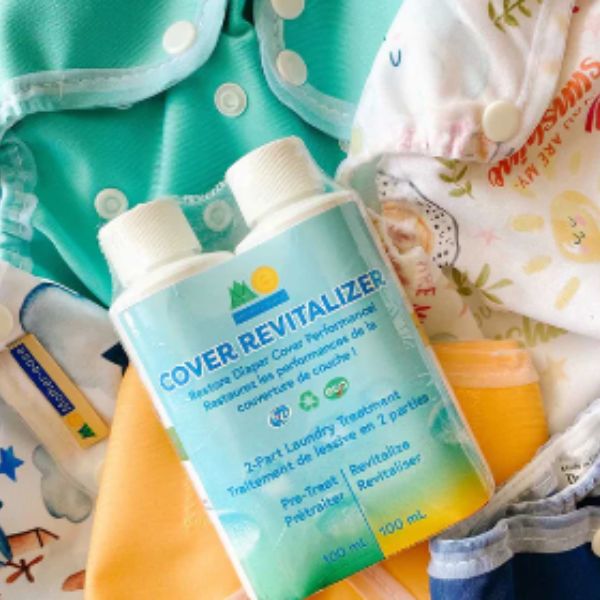
3. Tumble Dry on Low
Generally, tumble drying reusable nappies isn’t recommended, as excessive heat can damage the waterproof layer. However, it has long been legend in cloth nappy circles that a short tumble dry on low heat can help re-seal the PUL layer if it has started to separate. If you try this method, do so cautiously and avoid high heat.
4. Use a Waterproof Cover
If your nappy’s waterproof layer is beyond saving, using an additional waterproof nappy wrap over the top will stop leaks. Wool or fleece covers can provide an extra barrier to keep moisture in.
Is It Too Late for Your Nappy?
If none of the above methods restore your nappy’s waterproofing, it might be time to repurpose or recycle it. Here are some ideas:
Use as a swim nappy: If the nappy no longer holds liquid, it can still work well for swimming.
Repurpose as cleaning cloths: Cotton and bamboo inserts make excellent household cleaning rags.
Check for textile recycling options: Some brands and local councils offer recycling programs for old nappies.
Success with trying to get your nappies waterproof again will depend on the extent of the damage. If you’re experiencing leaks, try increasing absorbency, using a waterproofing spray, or adding an extra cover. If your nappies are beyond saving, consider repurposing them to reduce waste.
Have you tried re-waterproofing your reusable nappies? Share your experience in the comments below! For more parenting and eco-friendly tips, you can read more of our blogs for helpful tips and guides:
Buying and selling second hand nappies
How many cloth nappies do I need?
You can contact us directly for advice, the team chat pee, poo and periods all day long and are happy to help!
About the Author: Kirstin on our customer services team loves spending her days helping customers with their reusable period product needs and advising cloth nappy using families. Kirstin lives with her three teenagers and loves walking, cycling and sea swimming year round in our beautiful bay.She is excited to share her extensive knowledge and enthusiasm for all things reusable, helping a new generation of parents navigate eco-friendly choices for their children.
.
